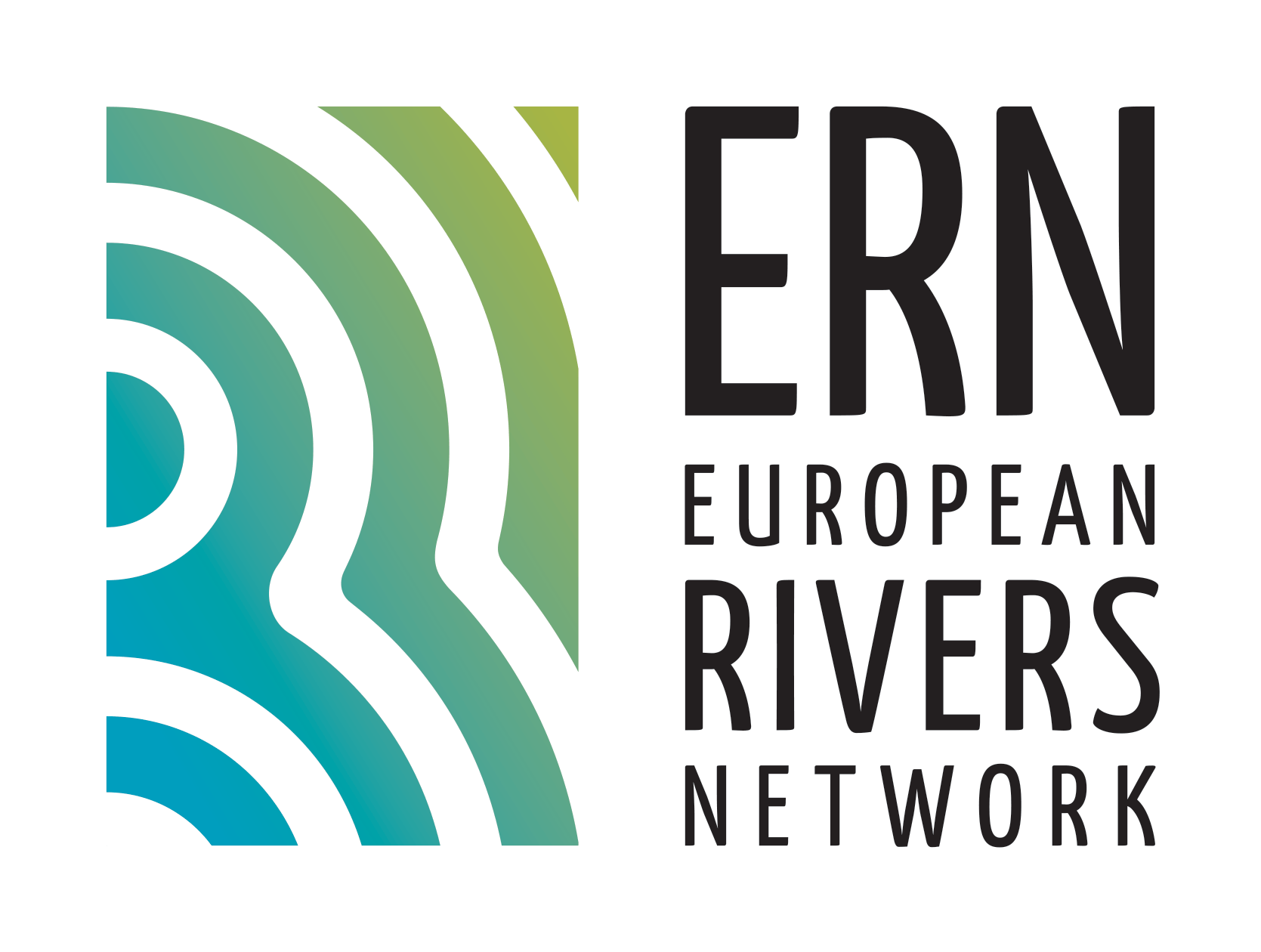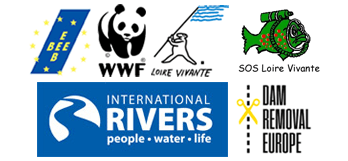FREE-FLOWING FUTURE: DAM REMOVAL ACTIONS SURGE ACROSS SOUTHEASTERN EUROPE
Once lagging behind Southeastern Europe is now seeing growing action to dismantle outdated dams, weirs, and culverts that fragment rivers, disrupt fish migration, degrade water quality and pose risk of failure. A new report reveals that river restoration through barrier removal—a critical tool to revive Europe’s freshwater ecosystems—is gaining unprecedented traction in Southeastern Europe (Figure 1). The breakthrough comes as EU Member States prepare their National Restoration Plans under the EU Nature Restoration Regulation, which requires 25000 km of rivers to be restored to free-flowing conditions by 2030.
The Southeastern Europe Barrier Removal Movement Progress Report 2024–2025, documents 135 activities, including 33 barrier removals across seven countries in just 18 months, signaling a turning point for a region long behind the rest of Europe in reconnecting its rivers. The activities presented in the report were classified into: (1) those contributing to scaling up the implementation of barrier removal (e.g., seminars, stakeholder engagement, knowledge dissemination, efforts to influence policy and legislation), (2) the preparatory works (e.g., barrier mapping and assessment, and hydrological, archaeological, etc. surveys), and (3) the actual barrier removals (Figure 1).
Restoration Success Stories
- Croatia: Eight obsolete barriers were removed, the first ever in the country, at Plitvice Lakes National Park reconnecting 7.6 km of river and restoring habitat for the endangered Danube trout (Figure 2).
- Italy: Five barriers on the Giovenco River were removed, reopening 11 km of free-flowing river and revitalizing local wildlife and ecotourism (Figure 3).
- Bosnia & Herzegovina: Multiple barriers (n=9) were dismantled for the first time in the country, at Hutovo Blato Nature Park and thus 2.5 km were restored for critical fish migration routes and important endemic species.
- Slovakia: Removal of five barriers in the region of the original channel of the Danube reconnected a vital side arm, boosting biodiversity, flood protection & ecosystem resilience.
“Southeastern Europe holds some of Europe’s most ecologically valuable rivers, yet they remain heavily fragmented. With the EU Nature Restoration Regulation now in force, there has never been a better moment to scale up barrier removals, unlock funding, and prioritize free-flowing rivers as natural solutions to biodiversity loss and climate impacts.” said Jelle de Jong, CEO WWF-Netherlands
A Call to Action
Despite this progress, less than 1% of all barrier removals in Europe to date have taken place in Southeastern Europe. Extra support is needed to assist the launch of pilot projects, to promote awareness about the benefits of free-flowing rivers, to create networks for practitioners to exchange methods and lessons learned, and to shift existing policies that will enable the implementation of this practice.
More info :
Read the SEE Progress Report 2024-2025

 ERN France
ERN France ERN is the official WWF Freshwater Partner in France and cooperates with WWF Switzerland, Austria, Netherlands and others
ERN is the official WWF Freshwater Partner in France and cooperates with WWF Switzerland, Austria, Netherlands and others

Leave a Reply
Want to join the discussion?Feel free to contribute!